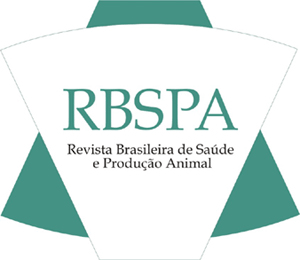ABSTRACT
To evaluate the effect of different iron dextran application programs on the performance, fecal score, and skin color of suckling piglets, as well as sow performance, 288 piglets from 24 sows were allocated to four treatments in six replications with 12 piglets per experimental unit, in a block design. The treatments were as follows: T200_000, T200_100, T200_200, and T100_100, whose respective values (in mg) corresponded to the applications of the first dose of iron dextran on the second day of life and of the second dose on the 10th day. Piglets on T200_000 and T200_200 showed the highest feed intake. In the period from 10 to 22 days, piglets receiving T100_100 exhibited the highest fecal score. On the 10th day of age, the lowest lightness (L*) value on the ear was obtained with T200_100, and the highest with T100_100. Treatments T200_000, T200_100, and T200_200 generated the highest red color (a*) intensity on the ear, whereas T100_100 provided the lowest hue and parameter b* values on the leg and snout. On the 22nd day of age, the highest b* and hue values of the ear and snout were found in the group fed T100_100. In conclusion, all evaluated programs were efficient in preventing iron deficiency anemia in newborn piglets. To reduce expenses, we recommend administering a single dose of 200 mg of iron dextran to piglets on the second day of life.
Diarrhea; Dose; Hemoglobin; Intake; Skin color; Suckling

 Evaluation of iron dextran application programs to prevent iron deficiency anemia in piglets
Evaluation of iron dextran application programs to prevent iron deficiency anemia in piglets